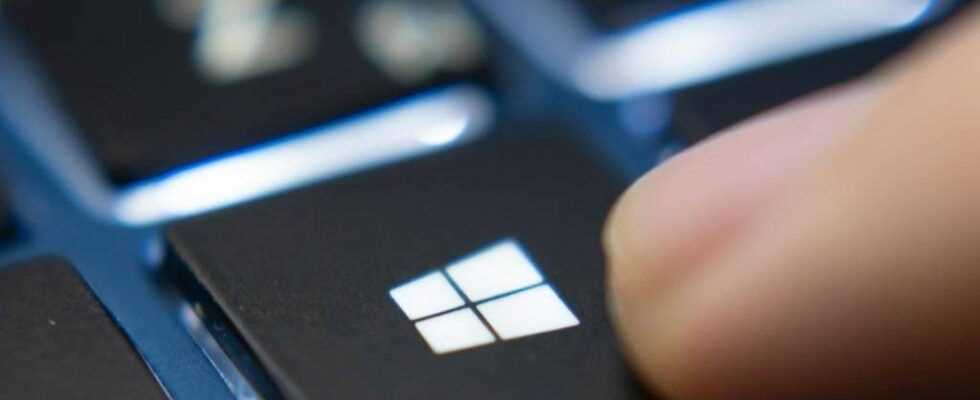Many people use computers every day. Of course, there are numerous other operating systems, but most of them probably have a Windows PC or laptop. Only a few users exploit the full potential of Windows 10. Here are seven practical functions you should know. All of the features mentioned can be called up using the magnifying glass at the bottom left of the screen.
Faster system start
The PC always needs an eternity to start up? The process can often be speeded up by preventing the automatic start of programs that are often loaded and run in the background, even if they are not absolutely necessary. Services can be deactivated in the "Task Manager" under the "Autostart" tab and in the "System Configuration".
No screen is the same, and different settings can sometimes cause colors to be falsified. This can be a big problem, especially when editing images. Under "Calibrate screen color", you can call up an assistant with which everyone can easily adjust the color display, contrast and brightness.
If you have several programs on the computer that are intended for the same task, you can select which of these programs should be used preferentially under "Standard Apps". For example, you can specify whether Firefox, Chrome or Edge will become the default web browser.
What kind of a sign is that?
Everyone knows how to use conventional special characters, but what if you want to use a more unusual special character? Windows offers an integrated table in which hundreds of variants are clearly listed – the "character table". You can then easily copy the searched characters from there.
Internet-capable devices are assigned so-called IP addresses. If you want to find out the IP address of a computer, for example to make certain settings on the router, you don't have to go to any website. Instead, users can simply open the "Command Prompt" and enter "ipconfig" there. The address can be found under "IPv4 address".
A program simply stops responding and cannot be closed? All currently running processes are displayed in the "Task Manager" – however, users may first have to press "More Details". Then it is also listed, among other things, how much a program gnaws at the working memory, for example. If a program is to be ended, a right-click and the subsequent command "End task" is sufficient.
Many important menus can also be called up very quickly without having to use the keyboard even once. Simply right-click on the Windows logo in the lower left corner of the screen and select the desired item.
